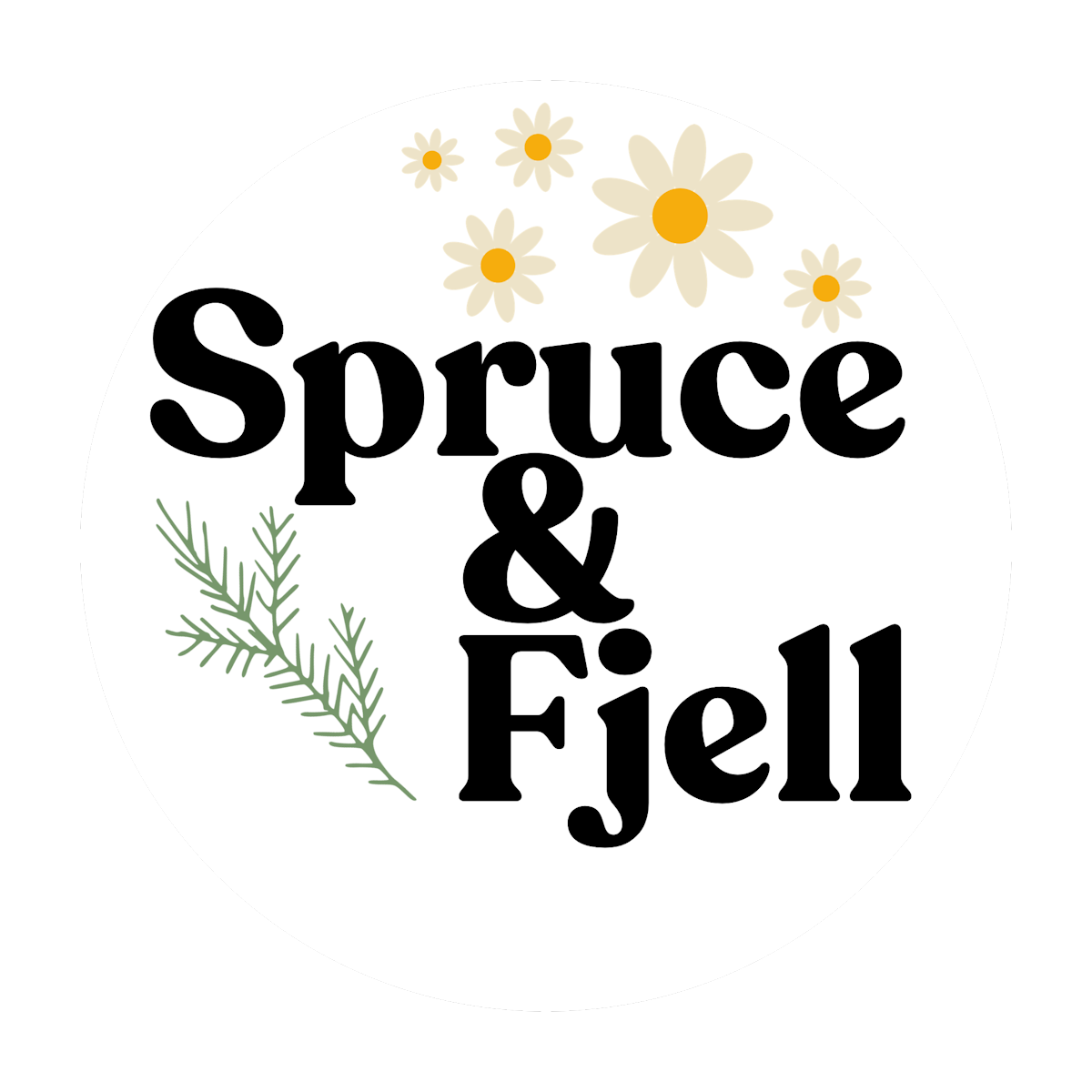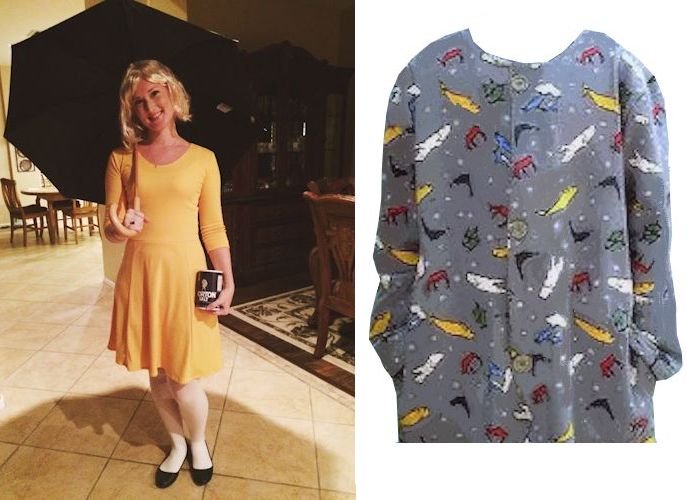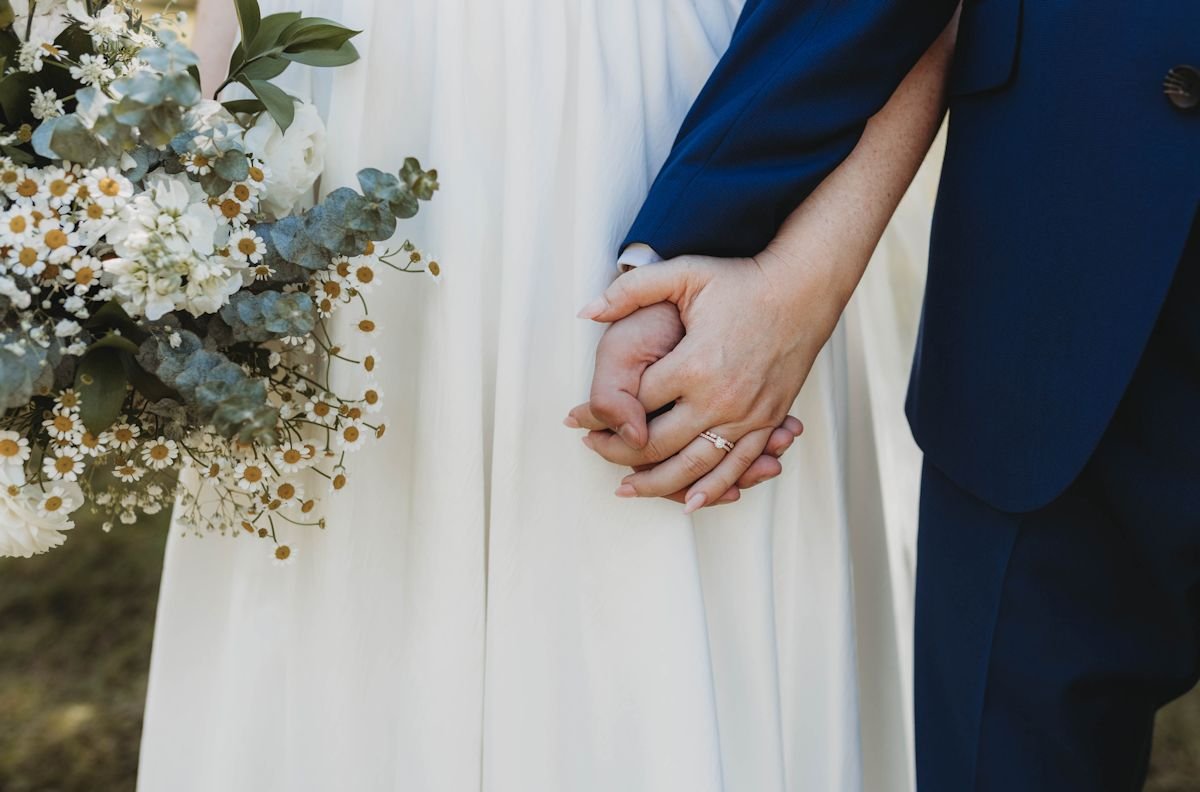Choose The Right Sewing Machine
So Many Choices!
What is right for you?
look for the right features for you
NOTE: This lesson first appeared on our previous site, CraftAndFabricLinks.com
Disclosure: This site contains affiliate links. As an Amazon Associate, I earn from qualifying purchases. Clicking on links, and purchasing products, may result in the seller paying us compensation - at no extra cost to you. Affiliate links are in green.
Also see:
Articles & Tips
Quilt Patterns
Craft & Decor Projects
Home Improvement
So Many Choices
Choosing a machine can be an overwhelming experience if you are not prepared in advance. There is a vast array of features and prices on the market. What is right for you?
The following list of features and considerations should help you make the right decision. Make notes as you read the article, and take your notes with you when you shop for your machine.
I have created a sheet for you to use when reviewing and comparing sewing machines. Simply write down the make/model numbers, then check of what features they have. Read through the article first, then use my sheet.
Your Needs & Constraints
Budget
Do you have a price range you must adhere to? There are several very good, basic machines that are quite affordable. For general sewing, one of these will be fine. Most come with a variety of stitches including zig-zag, straight stitch (including basting), buttonhole, and zipper foot etc. Read the section below on “Features To Consider.”
Purpose
Will your machine be used for sewing apparel? Quilting (piecing and / or machine quilting)? Embroidery? Heavy work, such as leather coat construction? Do you want your machine to be able to make special edges, such as serged edges on fabric, or rolled hems? One, basic machine won’t specialize in everything. High end machines include more features, but they might be out of your budget range - or might lack some features you need. It is important to know what you will use the machine for; then choose the machine that most closely fits your list of requirements. To get the best embroidery functions, you might have to give up some quilting functions, for example.
Age Of User (child?)
If the sewing machine will be used by a child, special considerations are needed. Size, simplicity, low price, durability, and portability are a few of the features to review. When I taught children’s sewing classes (age 7 and up), we used basic machines that were very durable.
Experience Level Of User
If you are just beginning, I recommend that you start out with a basic machine. It will take a while for you to become comfortable with the machine. Sewing is fun, but takes concentration and practice when first beginning. If your first machine is extremely complex, you might become overwhelmed. With experience, a new machine with greater capabilities can add more possibilities - keeping your sewing experience challenging and fun.
Comfort Level For Learning (what are your technical skills)
If you hate all things “technical”, you might want to stick to the more basic machines - much less to learn. If you are seeking more challenge, computerized models have excellent help screens and books available, and many dealers and sewing supply stores offer classes, so don’t be intimidated. If you are not comfortable with your machine, however, you run the risk of “allowing it to collect dust”. “Fancy” machines make sewing easier as they allow many techniques to be carried out flawlessly at the touch of a button, but I have seen amazing sewing results and beautiful items made with regular, basic machines as well.
Features To Consider
This is the most important part of this article. Become familiar with the following features, and take this list with you when shopping. I have created a pdf file for you to download and print. It contains a checklist of features, and a place for you to write sewing machine models. It also contains a column for price. It will be very handy for you to use when comparing machines.
These are features that I always consider when machine shopping. I have added a ** next to features that I consider to be a “must” for the type of sewing I do. Some of these features may be important to you - others may not.
Auto Back-Stitch
Some machines can be set to automatically back stitch a stitch or two at the start and end of a line of stitching. This is handy - it secures the line of stitching. Without this feature, you need to remember to backstitch at the start and end of a line of stitching (such as stitching a seam).
Bobbin Winding
How easy is it to wind the bobbin? Can the bobbin be wound when the machine is still threaded. This is a very nice, time saving feature, but not a “must” for me.
** Double Spool
Can the machine handle twin needles and double spools (or 3 spools) - nice for topstitching.
** Dual Feed (or walking foot)
Fabric feeds from the bottom, causing uneven feeding of the fabric layers as they pass under the presser foot. Your fabric layers are lined up at the start of sewing a seam, and then are “off” by the end of the seam. My Pfaff takes care of this with Integrated Dual Feed (IDT system); other machines make use of a walking foot. This means the top and bottom layers are fed at teh same rate, which prevents bunching up or uneven ends. This is especially important when sewing long seams (such as drapes), lightweight fabrics, or when sewing through many layers (quilts). This is a MUST HAVE FEATURE for me.
** Free Arm
A free arm allows sewing around an oblect, such as stitching the hem of a sleeve. The sleeve or other circular item can be pulled over the arm; a flat durface could not allow this. Most machines have the ability to use a free arm.
The following photo shows the free arm under the attached extended sewing surface. If I remove the added surface, a sleeve or other tubular item can be placed around the free arm.
Pedals
Pedals are used to operate the machine. Some people prefer a foot pedal, while others like a pedal that is up by the user’s leg. Would you rather push your leg to the side (against the pedal) to operate the machine, or push a floor pedal with your foot? It is a personal choice. I have both (different machines) and like either method.
Quilting
Do you need to machine quilt large quilts? Does the machine have a large workspace (or accessories to assist in quilting)? Perhaps you need a long arm quilting machine with frame (see “Quilting Machines” below). My Pfaff has an accessory (I purchased as an add-on) that provides a large work space surface. It works as a table that holds my fabric when I sew. I cannot imagine sewing without it. I love it, but it is not absolutely necessary, so I am not adding stars next to this feature.
I have made many quilted items; some items were small, such as pillows made from quilt blocks, and I have created queen size quilts. I did not have a long arm quilter. I used my Pfaff “Quilt Expression 2044”. It is over a decade old, but has what I need - all the sewing features necessary for sewing, plus basic quilting ability. It has the dual feed and large working surface. For my various quilted projects, I used basic straight stitching, or a few basic machine embroidery stitches, for stitching my layers together. I also hand tied quilts. For true machine quilting (with the ability to program stitching for large quilts), I would have needed a long-arm quilting machine.
My “older” Pfaff works for my needs. The photo below shows my Pfaff, with the large working surface.
Everything you see on this site was created with this machine (or my serger or both).
Thread Cutter
Most machines now have a thread cutter. Mine is behind the needle holder; I pull the loose thread end across the back and it cuts my thread. This is convenient.
Zippers, Buttonholes
How easy it is to perform these functions? Is the buttonhole process automated (most are these days), or do you need to take it through the steps manually (usually four steps)?
Essential Stitches
You will most likely use a variety of stitches. Exactly what stitches you need depends on your planned use for your machine, but the following are necessary for all basic sewing, and are most likely available on any machine you choose.
Straight Stitch: The most basic of all stitches, and the most frequently used stitch. This stitch is used to stitch seams (when stretch is not needed), or for topstitching or basting. The stitch length should be adjustable. Long stitches are used for basting and gathering. Topstitching uses a stitch length that is between basting and regular stitching, while shorter stitches are used for stitching seams.
Make sure your stitch length is easily adjustable. Generally, heavier fabrics work best with a longer stitch length, and finer fabrics are best with a shorter stitch length. Proper stitch length is a good place to start troubleshooting if you do not like the look of your stitching. A puckered look can mean the stitch length is too short, for example.
zig-zag: This stitch has adjustable length and width. A very tight zig-zag (short length) works as an applique stitch; it is also called a satin stitch. It is used around button holes. I often use it for finishing a raw edge (prevent fraying). How easy is it to adjust length and width of your zig-zag?
You can actually do just about any stitching with just the above stitches (if they are adjustable). Fortunately, machines these days (even the most basic) usually have many more.
Stretch Stitches
Usually, machines come with a variety of stretch stitches. Stretch stitches are necessary for stitching stretchy fabrics. A regular, straight stitch can break when the fabric is stretched. Stretch stitches allow some “give”. They are also called “overlock” stitches.
Many of today’s fabric are stretchy, so this is a must for a machine.
Additional Basic Stitches
Blind Hem: This stitch takes a bit of practice, but is easy once you have it mastered. Rather than hand stitch a hem, the machine will do it for you, using the blind hem stitch. Refer to your machine’s manual. This is a very nice stitch to have. It is also called the “invisible stitch.” Not a totally necessary function, but nice to have.
Embroidery
Most machines today come with a variety of embroidery stitches. Not to be confused with a full “embroidery machine”, but you will have several nice designs to choose from.
Button Hole Stitch
Your machine will allow for creating button holes. Old machines were done in four steps. New machines are automated. Just set the size of the button hole needed and the machine will create a perfect button hole.
Accessories
What accessories come with the machine? If not included with the machine, are they available?
Presser Feet - a few special presser feet to consider
felling foot: felled hems are strong and used for jean seams
** applique foot: has an open are in the back, allowing the heavy applique stitching to pass through (also called darning foot)
pintuck foot: for heirloom sewing
cording foot: stitches over the cording or pearl thread to create a purl seam
ruffler: easily makes closely or widely spaced pleats or ruffles
** 1/4” quilt foot: this presser foot is only 1/4” wide - a necessity for accurate quilting
free motion applique: the presser foot has a round opening with guides; the opening allows for free motion stitching
Lights
Lighting is very important. Where is the light located? Is it easy to change the bulb?
** Expanded Surface
As stated above, I have the extended sewing surface. This is a must for me. It holds my fabric while I sew, which is especially important for large projects. If you have a sewing machine that sits flush with the surface of a table (built-in cabinet), this would not be necessary. My machine is hauled around from table to table, and placed up on the table. I need this extended surface.
Final Thoughts
Remember that the quality of your end product is not dependent upon the complexity of your sewing machine. My grandmother was a professional tailor and only used a very basic machine. “Fancy features” are fun, and can assist in certain tasks, but are not absolutely necessary.
If unsure, start with a basic machine, but keep in mind the items on my list. If you plan to mostly make clothing, you do not need a quilting or embroidery machine. Some quilting and embroidery features would be a nice addiction, but you would not need a professional type, programmable embroidery machine.
Many machines cover most needs (such as my Pfaff).
Comparison Sheet
Download Feature Comparison Sheet
Have fun sewing!
Super simple sewing patterns. Each is designed to teach a new sewing skill.
Sewing Lessons
Articles & Tips































Learn Intarsia and Tapestry crochet. Bring Hygge into your home with this cozy, Scandinavian minimalist Christmas tree design. Use for wash cloths, pillows, hot pads.